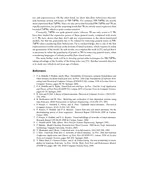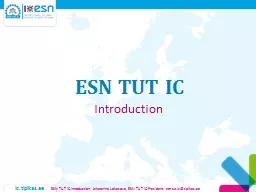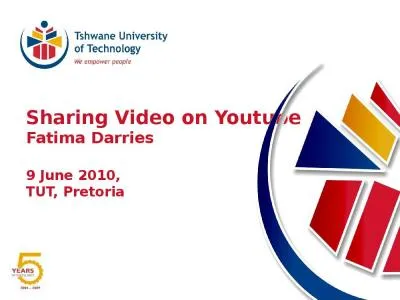PPT-Petri Nokelainen petri.nokelainen@tut.fi
Author : ventuilog | Published Date : 2020-06-30
Issues in Study Design Literature review Research questions hypotheses Design Methodology Data collection Data analyses Writing scientific report Peer review
Presentation Embed Code
Download Presentation
Download Presentation The PPT/PDF document "Petri Nokelainen petri.nokelainen@tut.fi" is the property of its rightful owner. Permission is granted to download and print the materials on this website for personal, non-commercial use only, and to display it on your personal computer provided you do not modify the materials and that you retain all copyright notices contained in the materials. By downloading content from our website, you accept the terms of this agreement.
Petri Nokelainen petri.nokelainen@tut.fi: Transcript
Download Rules Of Document
"Petri Nokelainen petri.nokelainen@tut.fi"The content belongs to its owner. You may download and print it for personal use, without modification, and keep all copyright notices. By downloading, you agree to these terms.
Related Documents














